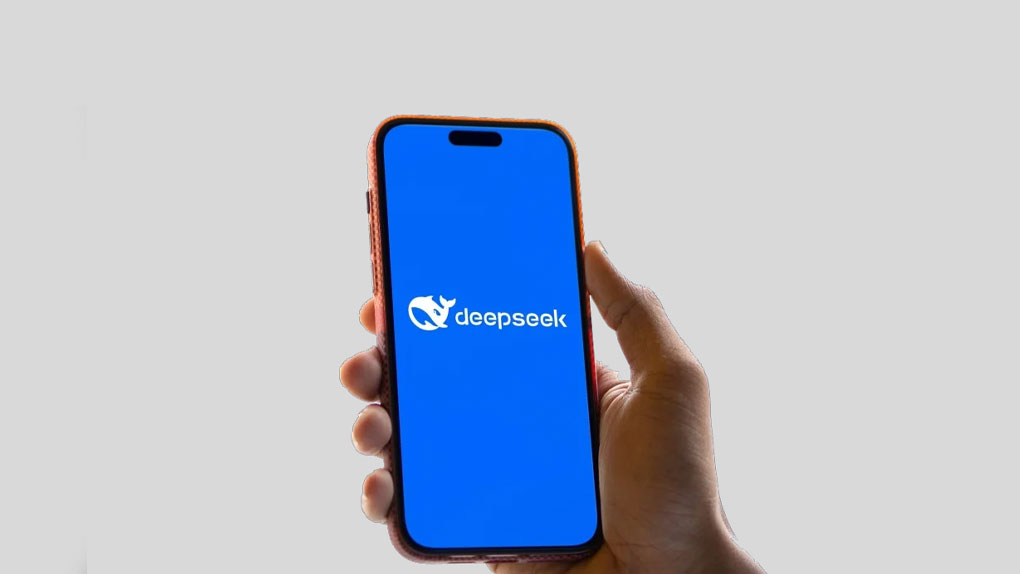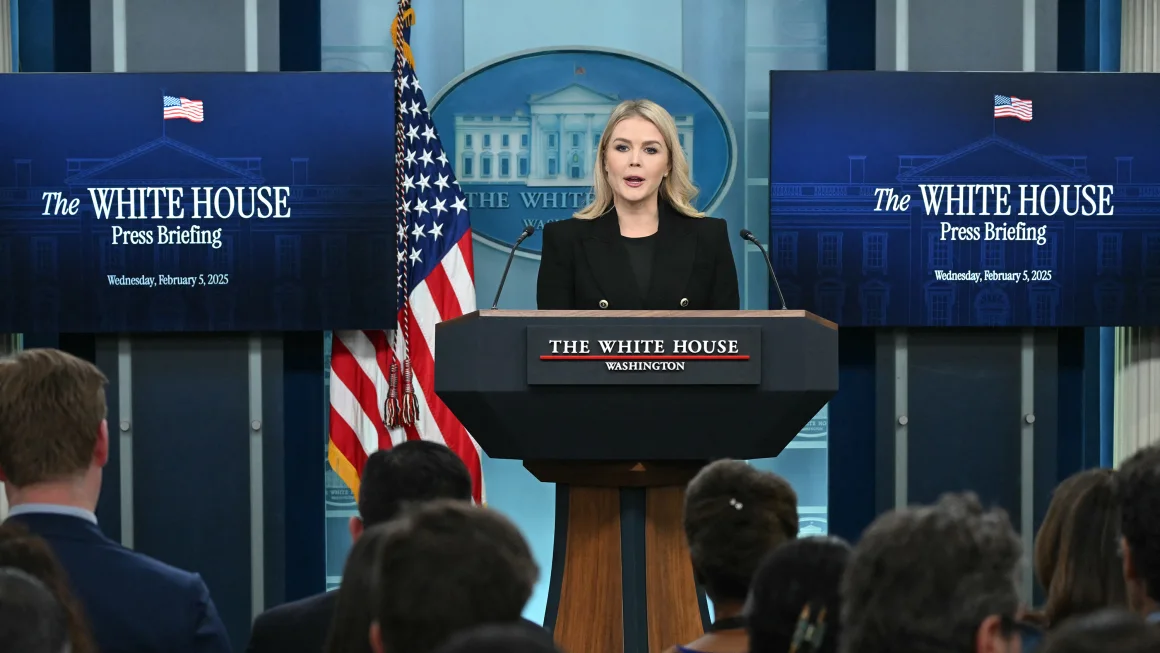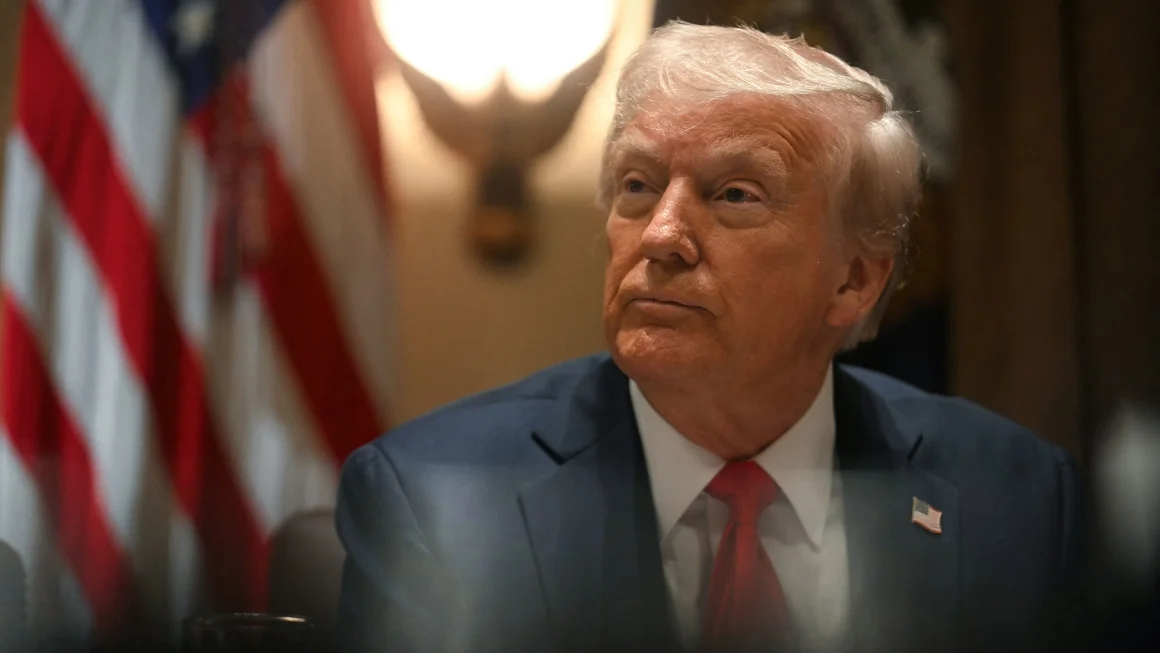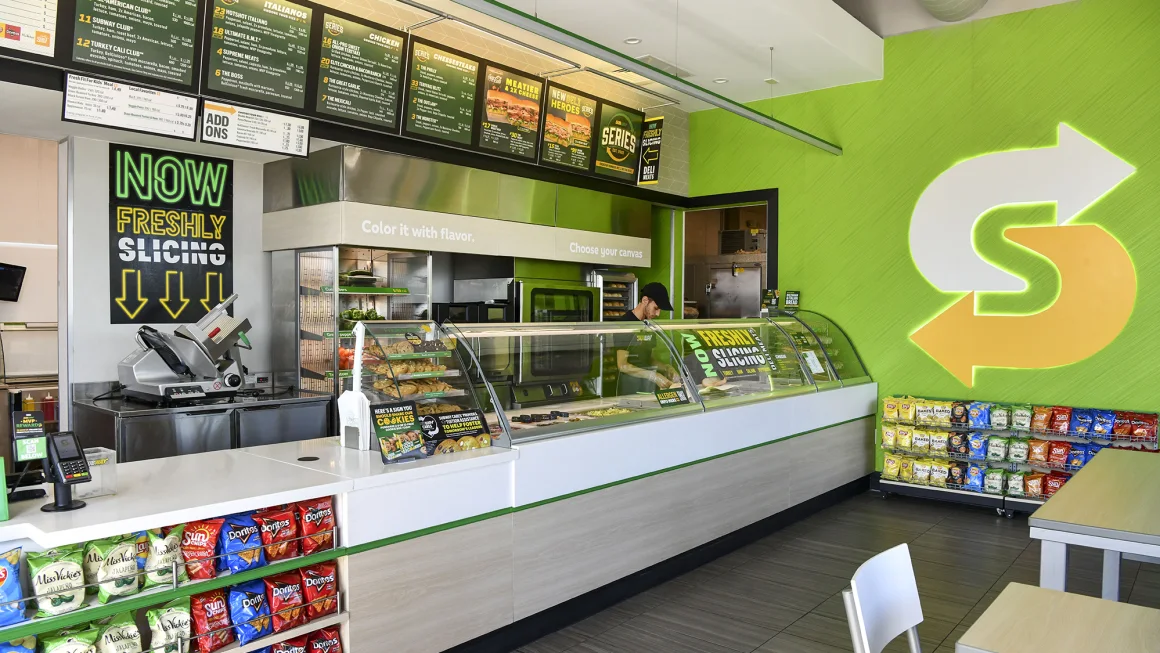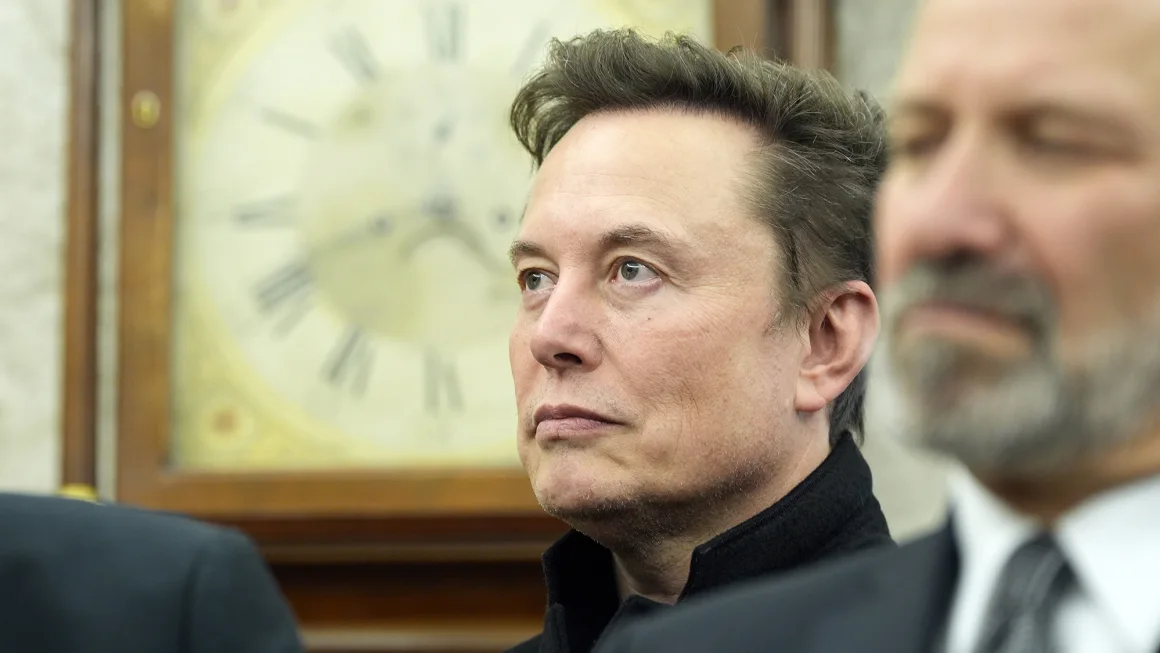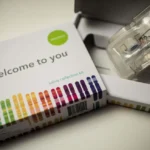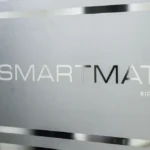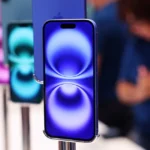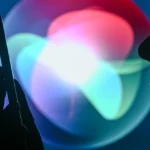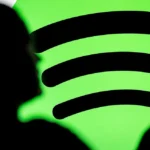Nintendo is doubling down on what already works with the upcoming Switch 2, officially launching June 5 with a price tag of $450 — a significant jump from the original Switch’s $300. The next-gen console stays true to the beloved hybrid design of its predecessor but packs major upgrades to meet a far more competitive market.
The Switch 2 keeps the core concept introduced in 2017: a versatile console that functions as both a handheld and a home gaming device. Now, with a sharper display, 4K support, expanded storage, better cooling, and enhanced Joy-Con controllers that can even work like a computer mouse, Nintendo hopes to appeal to both loyal fans and newcomers — including PC gamers.
But the timing is risky. Just as Nintendo planned to open US preorders on April 9, the company hit pause due to new tariffs on foreign goods introduced by former President Donald Trump. Since most tech manufacturing takes place in Asia, Nintendo says it’s assessing how these tariffs and market shifts could affect pricing and logistics in the US.
“We’re actively looking at what steps we may need to take next,” said Doug Bowser, President of Nintendo of America.
This strategy — sticking with the same successful formula — is uncharacteristic for Nintendo, which usually reinvents its consoles. But Bowser says the Switch’s unique play-anywhere appeal is still strong.
“We believe the concept of a single device that works as a handheld, tabletop, or docked console continues to resonate with players,” he said.
Entering a Crowded Market
Unlike in 2017, the Switch 2 is entering a gaming landscape filled with handheld competitors. The Valve Steam Deck is leading the charge for PC gamers, offering access to full PC libraries on a portable device. Brands like Asus, Lenovo, and Logitech have followed suit, launching similar devices.
Valve currently holds 48% of the PC handheld market, but that’s still small compared to Nintendo’s dominance. Over 150 million Switch units have been sold to date, and Nintendo moved 15.7 million units in the last fiscal year alone.
Sony and Microsoft are also expanding their ecosystems. Sony’s PlayStation Portal streams PS5 games to a handheld device, while Microsoft promotes its cloud gaming, turning nearly any device into an Xbox.
The Switch 2 narrows the gap by offering third-party titles like Elden Ring and Cyberpunk 2077, in addition to Nintendo’s beloved franchises such as Mario, Zelda, and Kirby. It’s a clear move to make the system more appealing to players who might otherwise lean toward the Steam Deck or other consoles.
“We want to appeal to as wide an audience as possible,” said Bowser.
Premium Price, Premium Expectations
With a $450 starting price, the Switch 2 is entering a new pricing tier that puts it shoulder-to-shoulder with the PlayStation 5, Xbox Series X, and Steam Deck, all of which start around the $400–$450 mark. Even games are getting more expensive — Mario Kart World will cost a steep $80.
Launching in an uncertain economy where many consumers are tightening their wallets, Nintendo is banking on its distinct charm and innovative features to justify the cost. One such feature is GameChat, a built-in social system that lets players share screens and video chat during gameplay using a dedicated camera.
The Joy-Cons are also getting creative new uses, like being able to slide across surfaces to control characters — a nod to Nintendo’s playful, experimental spirit.
As for the next big Mario title? Bowser teased that more iconic games are on the way.
“Stay tuned,” he said. “We have a long list of IPs that I’m sure will make their way to the platform.”
Whether nostalgia and innovation can carry the Switch 2 in a more crowded, competitive, and costly gaming world remains to be seen — but Nintendo is clearly ready to take the leap.
